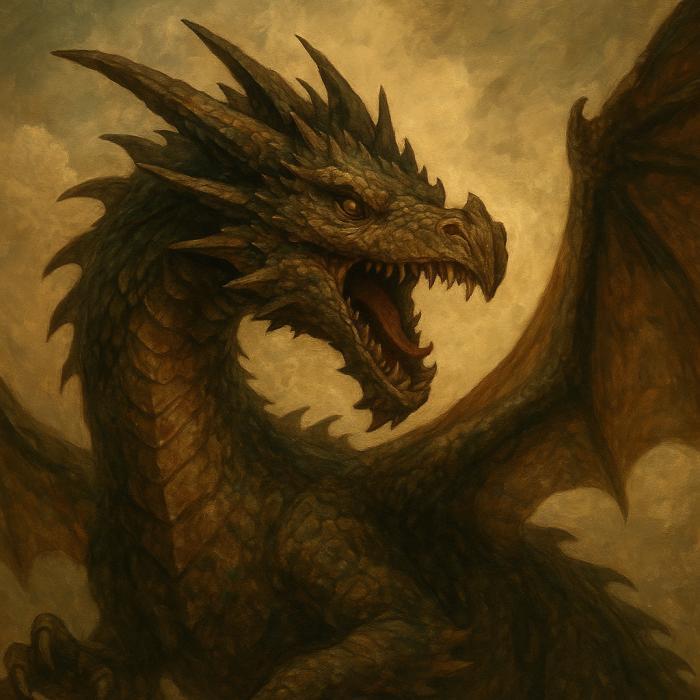3. Japanese Tatsu

The Tatsu, a revered Japanese dragon, is closely linked to water and rain. Unlike other dragons, Tatsu are typically depicted without wings yet remain powerful symbols of protection and life. These mythical beings are often illustrated in traditional Japanese art and deeply woven into folklore, embodying both natural forces and spiritual guardianship. Their presence in cultural narratives highlights their role as protectors and bringers of prosperity. In Japan, the Tatsu not only represents the elemental power of water but also serves as a metaphor for balance and harmony within the natural world.











